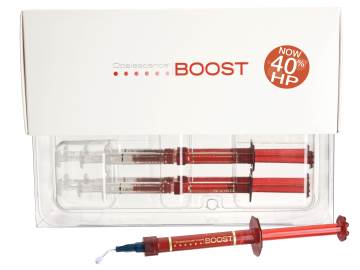What is the difference between whitening at home and in-office?
One of the most common questions my patients ask me is regarding teeth bleaching and whitening options. Whitening/Bleaching is the most common cosmetic procedure performed by dentists. A quick internet search revealed that Americans spend an estimated $1.4 Billion on various tooth whitening products each year. This proves that marketing by dental companies works wonders to entice people to buy these products. However, the vast majority of patients are misinformed about what they are really buying. Most of my patients report using a whitening toothpaste and many of them are surprised to hear that the whitening toothpaste is not truly changing the color of their teeth.
At Home Whitening: Surface Stain Removal
Tooth whitening is a process which makes the teeth appear lighter in color. Over the counter whitening toothpastes give the appearance of making the teeth lighter by removal of surface stains. This process uses abrasives and chemical to physically remove surface stains caused by smoking, coffee, or tea. Another method used for “whitening” uses Blue Covarine, which is a chemical that doesn’t remove stain, but acts by attaching to the tooth surface to give a lighter appearance. These methods do not actually change the color of the enamel. With excessive or improper use, these abrasives and chemicals can damage enamel and cause wear and sensitivity.
In-Office Bleaching: Lighten the Color of Teeth
Alternatively, True “bleaching” products use Carbamide Peroxide to oxidize the enamel and effectively change (lighten) the true color of the tooth. These products are applied at their most effective concentrations by dental professionals. Options include in-office application with the use of a light as an accelerator to achieve quicker results. The dentist can also fabricate custom bleaching trays, which would enable the patients to bleach at home. Bleaching products can also be purchased at lower concentrations over the counter (i.e. Crest White Strips). The most common side effect of bleaching is sensitivity. Studies have shown no damage to enamel from bleaching products and the sensitivity is typically transient.
Which whitening works best?
There are numerous whitening/bleaching options available for patients both over the counter and in office. My concern is the misconception that most patients purchase whitening toothpastes want more than removal of surface stain. They believe the product is truly lightening the color of their teeth. The best way to truly lighten the color of teeth is to use in-office applications of bleaching products.

By: Mark Bond, DDS
General Dentist at Virginia Family Dentistry Mechanicsville
